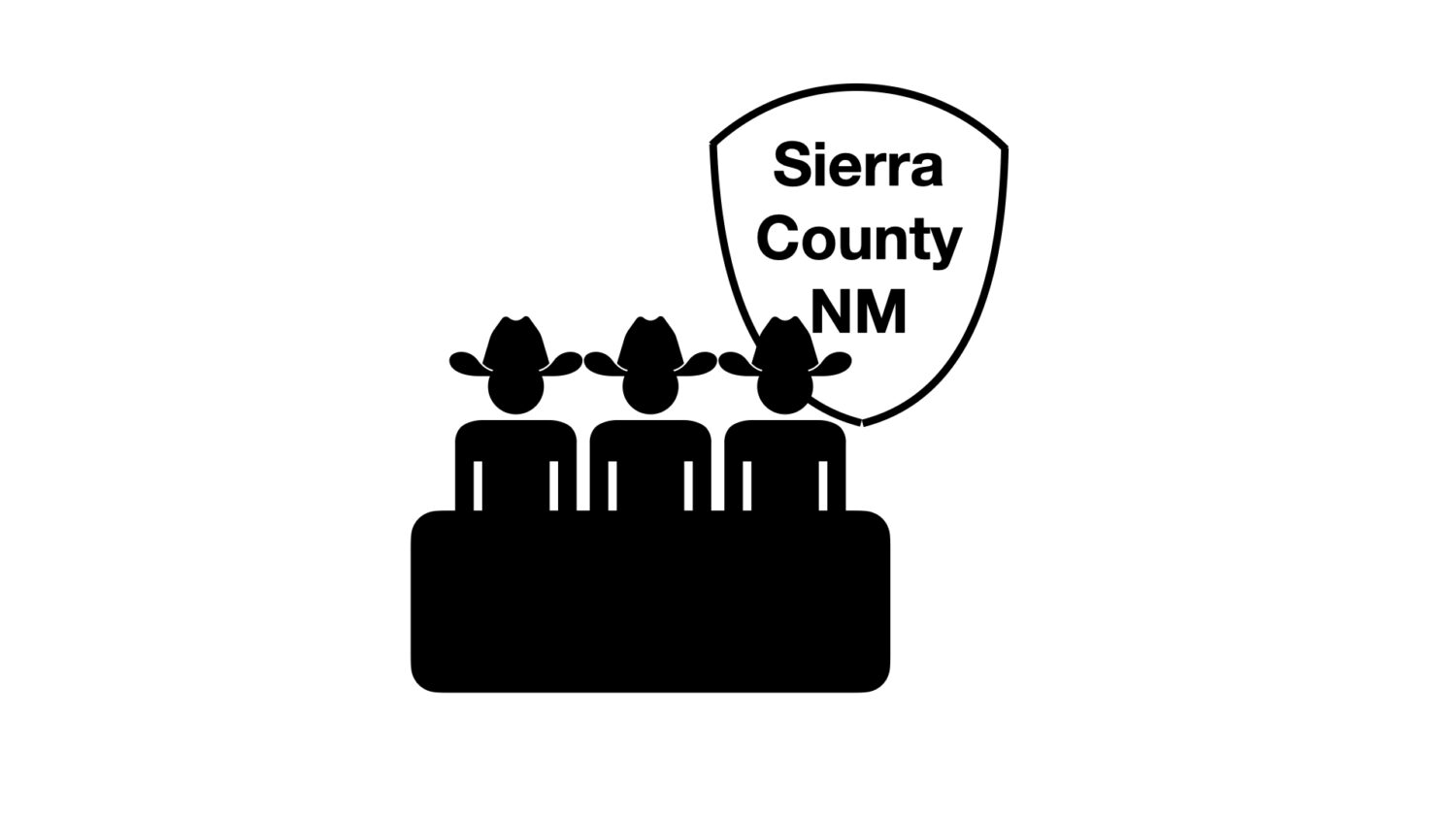The recorded meeting can be viewed on facebook. The viewing times are included.
This month’s short county commission meeting clocked in at about an hour. There was no public comment and few department staff available to give reports. Much pressing business had already been dealt with in a special meeting on Oct 25.
Livestock Loss Authority
During the ‘reports’ segment (23:20) of the meeting Commissioner Jim Paxon gave an update on the activity of the newly formed Livestock Loss Authority board. The LLA board had met for the first time on November 14 and would be working with the New Mexico Department of Agriculture according to Paxon. They would be seeking grants through the Department of the Interior and other funding sources.
Paxon further explained that the LLA was modeled after the Coexistence Council in Arizona and other organizations. The goal would be to “take better care of our livestock producers from depredations due to wolf attacks”. Paxon hopes that the LLA will be able to get money for the presence of wolves. It is “documented, researched fact that calf weights are lower, conception rates are lower, animals are stressed” when wolves are in the area. “We are gonna have to live with the wolf for a long time” and need to see if the impact on producers can be minimized. Paxon thanked attorney Dave Pato for his efforts with the LLA.
The Coexistence Council, Paxon later explained to the Citizen via email, was started by the collaborative efforts of livestock producers, tribal governments, federal government and nongovernmental organizations. A strategic plan, made public in 2014 describes a program of approaches to meet their goals of “viable ranching, self-sustaining wolf populations and healthy western landscapes”.
In executive session, the agenda listed under pending and threatened litigation, the “Grand Canyon Wolf Recovery Project, New Mexico Wild, Western Watersheds Project, WildEarth Guardians, and Wildlands Network v. USFWS”. This lawsuit, against the US Fish and Wildlife Services argues that the latest management plan, which does not allow wolves to roam north of Interstate 40 and in to the Grand Canyon, restricts genetic diversity of Mexican wolf populations and makes the wolves vulnerable to humans.
After the executive session (1:12:00) the commission directed the county staff to make a $550 payment to the Arizona/New Mexico Coalition of Counties for the lawsuit. Paxon later explained to the Citizen the payment was a contribution for an amicus brief in the lawsuit. This will allow the AZNMC to provide additional, relevant information to the court when considering the lawsuit against the USFWS.
County gears up for upcoming legislative session
The 2023 New Mexico legislative session runs from January 17-March 18. The county government is beginning to prepare to make their needs and interests known to the legislature.
Michelle Atwell (21:00), the county’s 911 director, said the state’s dispatchers would be focusing on the state’s 911 surcharge. New Mexico’s is one of the lowest in the country, Atwell said “52 cents compared to others at 3-4 dollars.” The extra money would give regional dispatch centers more than just maintenance but also things like radio systems which they currently pay “out of pocket”.
The commission signed a resolution in support of the New Mexico Counties legislative priorities (35:00). NMC is a nonprofit whose mission is to “strengthen NM counties’ ability to govern their own affairs and improve the well-being and quality of life of their constituents”. Sheriff Glenn Hamilton is currently the representative of Sierra county on the board of NMC.
County manager Amber Vaughn introduced the NMC priorities listed on the resolution and Hamilton addressed questions from the commission. The priorities consist of four groups: House Bill 2 appropriations, public safety package, courthouse funding, and IPRA election records and data.
NMC prioritizes HB2 general appropriations to the detention reimbursement fund; prisoner transport and extradition; and emergency medical services.
According to the resolution, the fund for detention is currently $5 million but the average cost over the last five years has been $7.5 million, a significant shortfall for the cost to the counties in housing inmates.
An item that Hamilton has been working on is for counties to be reimbursed for transporting state prisoners as required by state law. To address this deficiency the NMC will be working to create a line item in the Department of Finance and Administration with $750,000 to address this need. In response to commissioner Day’s remark that amount of money seems low, Hamilton responded that it was “a good starting place” and once included could be increased in subsequent years. Commissioner Hopkins questioned how much the county had spent in prisoner transport. “$18,500 last year” for 3 prisoners, one of which cost $6,500 was Hamilton’s response.
The other priority item for the appropriations act NMC will concentrate on is assistance with local government emergency medical services with a goal of a $10 million line item in the Department of Health Emergency Medical Services Bureau budget. The resolution states that EMS has long been underfunded especially in rural areas.
NMC’s safety package priorities address “return to work” issues for governmental entities. Retirees who are collecting funds from the Public Employees Retirement Association are not allowed to be rehired because of fairness to other employees and concerns about the solvency of PERA. However, there is a shortage of employees to work in public safety positions which might be addressed by rehiring retirees. Commissioner Paxon expressed concern for PERA solvency but Hamilton was unconcerned. “There may be push-back from the Albuquerque rank and file”, Hamilton added, because it “affects their upward mobility”.
Likewise, there is a shortage in both detention staff and Fire and EMS despite growing needs in both fields so NMC will work on legislation to improve recruitment, retention and support for volunteer staff.
NMC also will work towards creating a fund for state district courthouses and for clear guidance on election records and data that may be subject to the Inspection of Public Records Act. Currently county clerks are required to preserve ballots for either 22 months after an election (federal elections) or 45 days after adjournment of the canvassing boards (non-federal elections). Before any ballots are destroyed the clerk must notify party chairs 3 days before destroying the ballots. No ballots may be released for IPRA requests until 45 days after an election.

